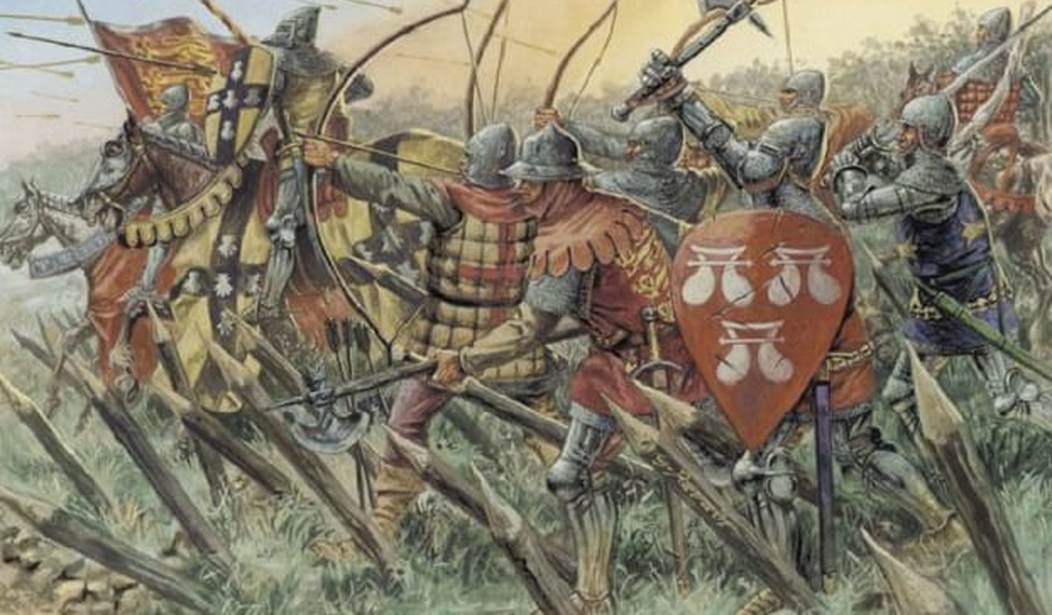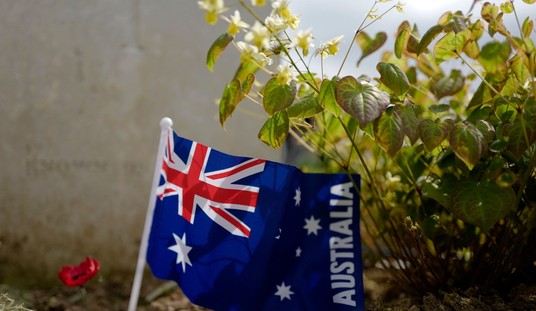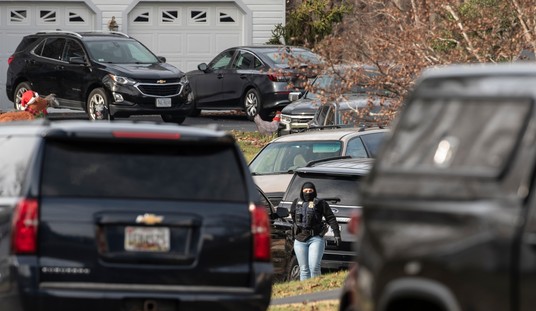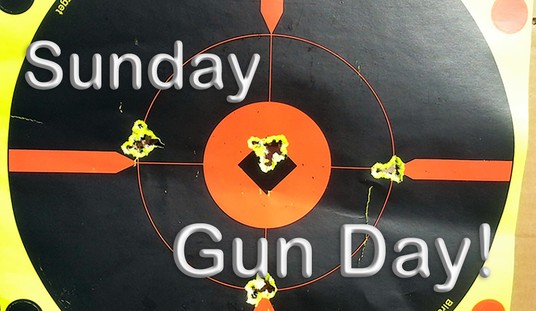But whatever he said, it worked. Not only did his subordinates do what they were told they did it to the best of their abilities.
The French, having learned a lesson from Crecy, refused to attack Henry’s army on his chosen defensive ground. They knew his army was hungry and beset with illness and resolved to wait as long as it took to make the English leave their defensive positions. Henry ordered his army to advance.
Longbowmen fought from behind a low palisade of sharpened stakes, these were carried by the longbowmen. Without this protection, because horses can’t be made to charge such a barrier, the longbowmen were easy prey for French horsemen. Their advance left them without protection, or so it seemed. Their advance led to a French cavalry charge. The longbowmen, taking advantage of the rain-softened soil, sunk their defensive stakes into the ground. The charge failed under a rain of cloth-yard shafts with bodkin points. The French regrouped and attacked on foot… and then the slaughter began.
Legend says Agincourt was won by arrows. It was not. It was won by men using lead-weighted hammers, poleaxes, mauls and falcon-beaks, the ghastly paraphernalia of medieval hand-to-hand fighting. It was fought on a field knee-deep in mud, and it was more of a massacre than a battle. Olivier’s famous film shows French knights charging on horseback, but very few men were mounted.
The French came on foot, and the battle was reduced to men battering other armoured men with hammers, maces and axes. A sword would not penetrate armour and did not have the weight to knock a man off his feet, but a poleaxe would fell him fast and then it was a simple enough job to raise the victim’s visor and slide a knife through an eye.
That was how hundreds of men died; their last sight on earth a dagger’s point. It is not a tale of chivalry, but rather of armoured men hacking at each other to break limbs and crush skulls. At the battle’s height, when Henry V expected an attack on his rear that never materialised, he ordered the newly captured prisoners killed. They were murdered. Agincourt was filthy, horrible and merciless, and it is still celebrated as a golden moment in England’s history.
At some point during the battle, a small party of French men-at-arms and armed peasantry fell upon the English baggage train. Henry, presumably thinking the battle might be lost, ordered the slaughter of thousands of French nobles who had been taken prisoner in order to prevent them from re-arming themselves and joining a pursuit.
By the time the battle wound down, as many as 10,000 Frenchmen, most of them members of the nobility, were dead and Henry resumed his trek home. The French, as they do, fell into feuding and civil war and transformed a tactical defeat into a strategic catastrophe.














Join the conversation as a VIP Member